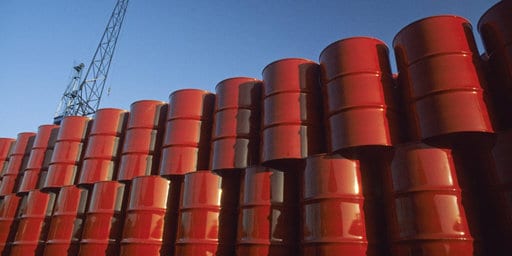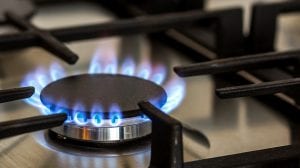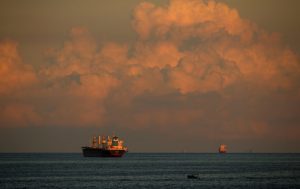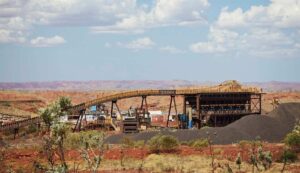QEM, the developer of the Julia Creek shale oil and vanadium project in northern Queensland, says it will explore the possibility of making its own renewable hydrogen, which it would then use to process raw oil.
It’s an unusual use of green hydrogen, a carbon-free, renewably-generated fuel normally associated with efforts to reduce greenhouse gas emissions and so tackle climate change.
In this case, though, it would be supporting the production of a carbon-heavy fossil fuel, an irony similar to using captured Co2 to increase production from depleted oil wells.
QEM said in a statement it had begun a study into the possibility of building its own solar generation capacity, and using that to turn water into hydrogen using electrolysis.
At first it said the hydrogen could be used “as a support to the energy needs of other resources projects located in the North West Minerals Province of Queensland” in a part of the country that is not plugged in to the main grid. But it would ultimately be used for “the hydrogeneration of the company’s raw oil into transport fuels”.
It said it was beginning the study thanks to “buoyant market conditions, supportive policy environment and optimal project location”.
Hydrogenation is a process that adds hydrogen to hydrocarbons such as petroleum to make them more stable. While green hydrogen itself is largely emissions free, in this case the end product – petrol – would be a carbon emitter.
QEM managing director Gavin Loyden said the trial – which will require approval to access water resources – would try to take advantage of the Queensland government’s support for a local green hydrogen industry.
“The commissioning of these studies will lay the groundwork to advance our green hydrogen strategy at Julia Creek, amid increasingly buoyant market conditions and the project’s optimal location and resource profile to produce hydrogen on-site,” Loyden said.
“For example, the Queensland state government established a ministry for hydrogen in November 2020, as the state government seeks to encourage investment into the bourgeoning market. Crucially, the hydrogen strategy aligns with the broader strategic direction of Julia Creek, as QEM looks to target both the liquid fuels and renewable energy sectors.”
QEM estimates the Julia Creek project, which is near Mount Isa, contains 783 million barrels of crude oil and 2,760 million tonnes of Vanadium, a metal used to harden steel.










